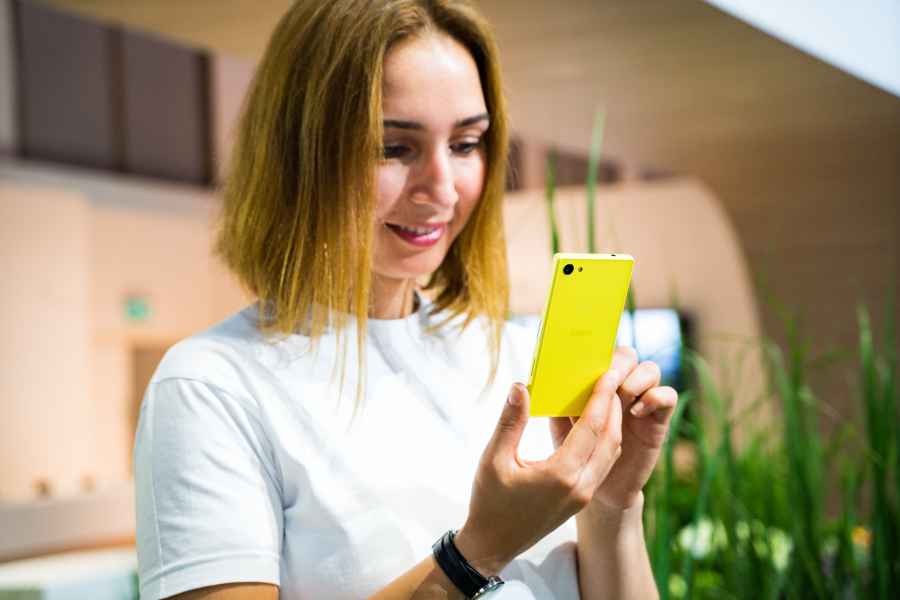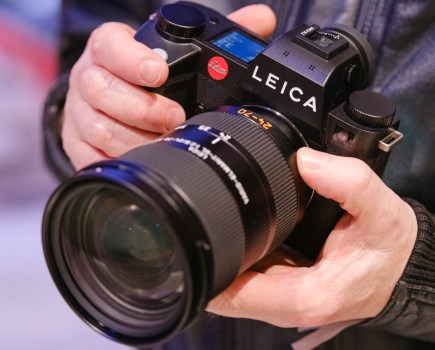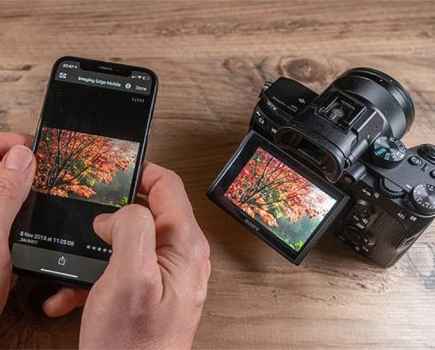1. Use buttons
For a more authentic camera-like experience, forego the on screen shutter release buttons and use physical buttons. Your smartphone may have a dedicated button, or you can sometimes use the volume up or down button. Either way, hold the Android camera as you would a normal camera and you can help prevent camera shake and it’s easier to frame, compose and avoid sloping horizons.
2. Switch modes
While Auto mode is great when you’re just starting out, switching to a more comprehensive mode will give you a greater degree of control and flexibility with your shots. Not all Android phones are the same, but many allow you to control exposure compensation, ISO (Sensitivity) and so on.
3. Ditch the digital zoom
On a mobile phone, all a digital zoom is doing is cropping into the image to get you closer to your subject. This leads to degradation of image quality. It’s better to take the shot, then crop in afterwards if you really need to – better yet, take a step or two closer to the subject if you can, it’s a much more effective way to zoom and maintain image quality.
4. Utilise burst mode
Switch on the burst mode to capture moments from fast moving subjects such as children or sports. There’s bound to be one shot from a burst which nails the shot, and it’s easier than trying to guess for yourself.
5. Give us a smile
Switch on Smile Shutter when you’re taking selfies – the phone will only take the shot when you’re smiling, which gives you time to perfect your pose and angle…which is obviously very important when it comes to self-portraits.
6. Switch off flash
The flash on mobile phones, while improving, is still generally best avoided unless you’re absolutely desperate. Take it off Auto and try not to use it for most scenarios – if you’re trying to take a portrait and it’s just too dark, consider moving to a lighter area – even an artificial light source will probably render your images with more flattering tones than the harshness of an LED light.
7. Self-timer
If you’re taking a self or group portrait, don’t forget about using the self-timer. If you can prop your phone up on a steady surface, you can also use the rear camera for your group shots, which should result in a better photo than most front facing cameras – especially in low light situations.
8. Consider aspect ratio
On most smartphones you can choose the aspect ratio of your shots. The standard for many is 4:3, but a traditional photograph is usually shot in 3:2, while 16:9 gives a cinematic look. If you’re posting straight to Instagram and want to post a square image, it also makes sense to compose in a square format rather than cropping afterwards.







